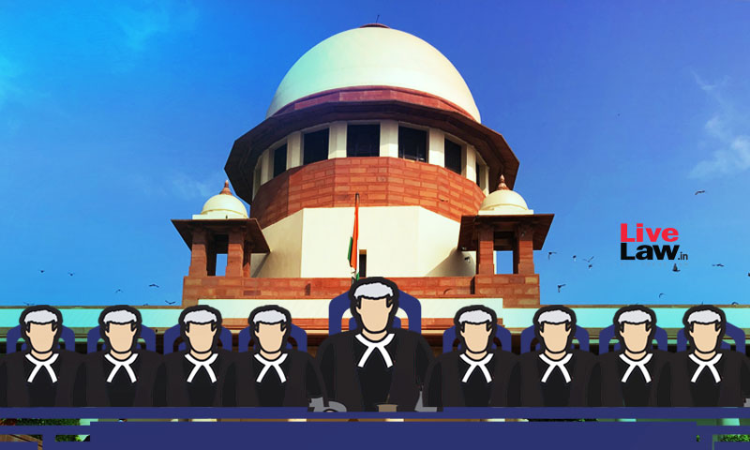5 Nine-Judge Bench Matters Pending Before Supreme Court; Oldest One Pending Since 2002
Ashok Kini
2 Sept 2021 4:40 PM IST

Next Story
2 Sept 2021 4:40 PM IST
As per the 'statistics about matters pending in Supreme Court' published last month, there are 5 Nine Judges Bench Matters pending before the Supreme Court.These cases pertains to interpretations of : (1) 'material resources' in Article 39(b) of Constitution (2) Section 18-G of Industries (Development and Regulation) Act, (3) 'Industries' in Industrial Disputes Act (4) Royalties on...
